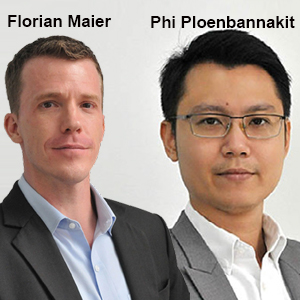THANK YOU FOR SUBSCRIBING
Editor's Pick (1 - 4 of 8)

Big Data Analytics
Dr Li Xiaoli, Head of Data Analytics Department, Institute for Infocomm Research (I2R), A*Star


Dr Li Xiaoli, Head of Data Analytics Department, Institute for Infocomm Research (I2R), A*Star
Typically Rich Relevant Data Can Potentially Lead To More Useful Insights Or Accurate Prediction Models












